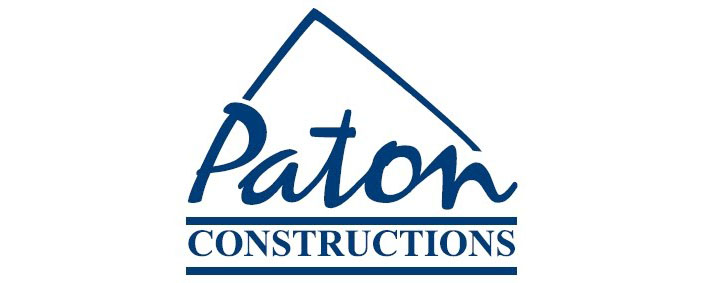
Solar passive design does not have to be complicated. here are some basic to consider.
1. Choose a site that receives North sun during winter.
2. Choose a home design with few projections below the roof line and no porches on the North.
3. Orient the longest wall of the house so it faces true north.
4. Maximize windows on the north side.
5. Design the roof overhangs to shade windows properly from the high summer sun.
6. Provide thermal mass (tile floors and brick or masonry walls) in the north side of the house.
7. Insulate and seal the structure well.
8. Correctly size the heating and cooling system.
At Paton Constructions we take these basic design elements and combine them with what you need in a home. From this we can design something that is perfect for you!
Information on loan from Mother earth News with thanks. Picture from origin Energy






